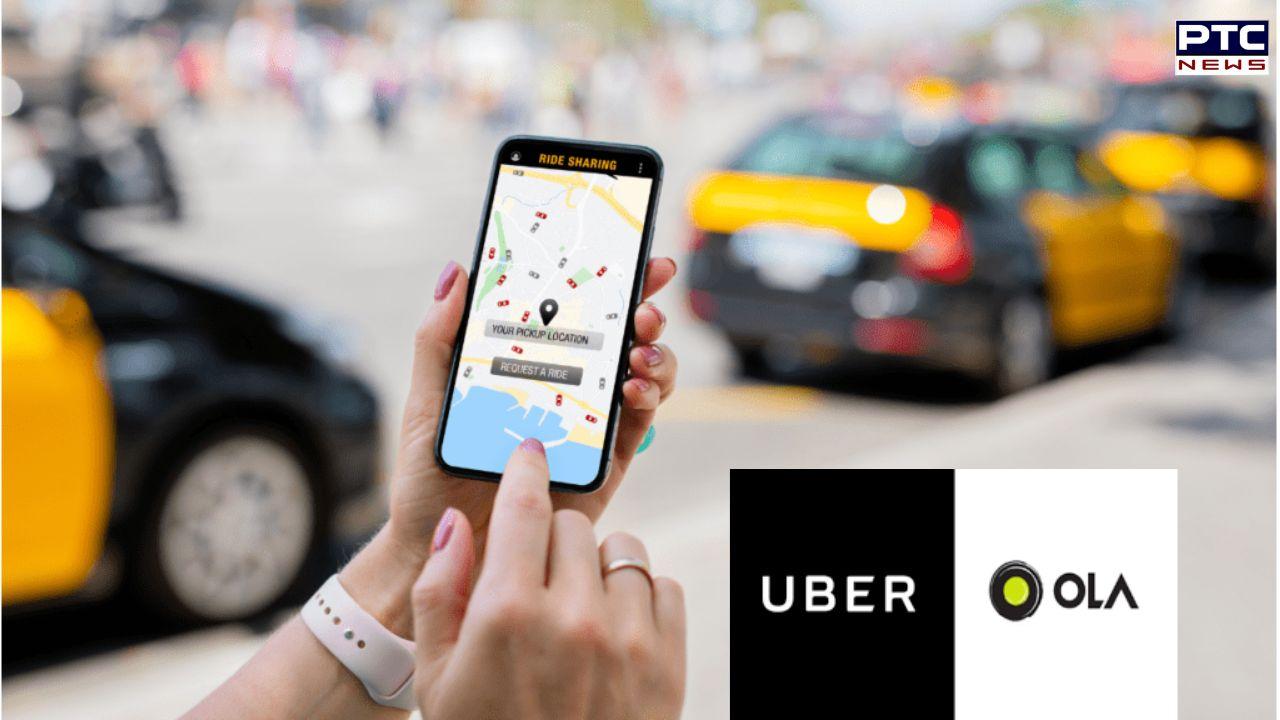

Ola, Uber travel to get costlier as new rules allow cab apps to charge double fare during peak hours
PTC Web Desk: Cab services like Ola and Uber can now charge up to twice the base fare during peak traffic hours, according to new rules issued by the Ministry of Road Transport and Highways on July 1. This is a change from the earlier rule, which allowed only up to 1.5 times the base fare.
These updated rules are part of the Motor Vehicles Aggregator Guidelines (MVAG) 2025, and states have been asked to implement them within three months. The new fare policy is meant to give more flexibility to cab aggregators during high-demand times, while still keeping pricing under government regulation.
A major highlight of the guidelines is that they now allow the use of private motorcycles for passenger travel, but only if the state government approves it. This could help ease traffic, reduce pollution, and offer cheaper transport and delivery services.
According to Clause 23 of the guidelines, states can also charge daily, weekly, or fortnightly fees from companies using private bikes for commercial use. This is good news for bike taxi services like Rapido and Uber, which have faced legal issues in states like Karnataka, where bans led to protests. Rapido called the new rule a big step toward a developed India, saying it will improve last-mile transport, especially in areas with fewer options. Uber also welcomed the update, saying it brings clarity and encourages innovation.
The MVAG 2025 guidelines replace the 2020 version, updating the rules to match India’s changing transport needs — such as more demand for bike taxis, e-rickshaws, electric vehicles, and flexible fares. The ministry said the goal was to keep regulations light but still ensure passenger safety and fair treatment for drivers.
- With inputs from agencies
